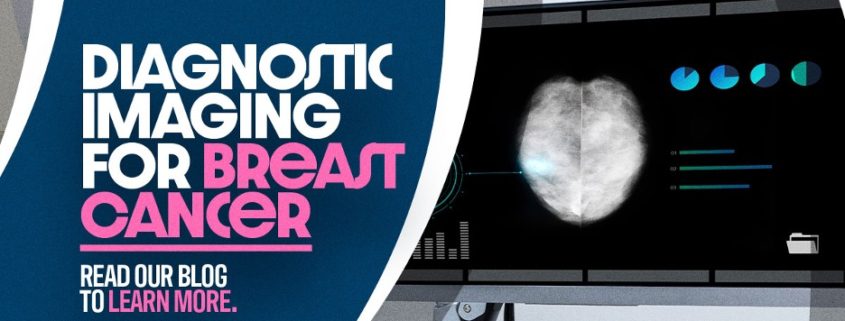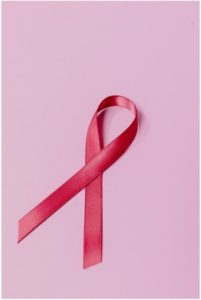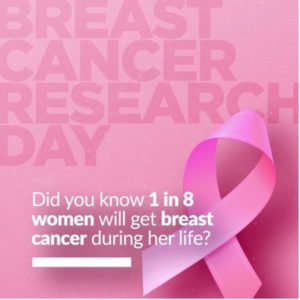Breast Cancer: The Importance of Imaging
Early detection can save lives; read our latest blog discussing breast cancer and the importance of imaging for detection and possibly treatment!
Breast Cancer Awareness
Join us this October as we recognize Breast Cancer Awareness Month because we aim to unite when cancer divides. Breast cancer is a form of cancer that develops in the breast when cells begin to multiply out of control. In the United States, one in eight women will develop breast cancer. Aside from skin cancer, breast cancer is the most common type of cancer among women. In 2022, the American Cancer Society estimates that approximately 43,250 women will die due to breast cancer, with a total of about 287,850 new invasive cases diagnosed.
The two most frequent forms of breast cancer are:
- Invasive ductal carcinoma:Occurs when abnormal cells form within the milk ducts, then alter and attack breast tissue outside the ducts. Once this occurs, these cancer cells can spread to other body areas. The most common type of breast cancer, making up for a total of 80% of diagnoses.
- Invasive lobular carcinoma – Beginning in the milk-producing glands known as the breast lobules, as the name invasive implies, this cancer can advance beyond the lobule. It can potentially reach one’s lymph nodes and other parts of the body. This form of breast cancer makes up around 10% of diagnoses.
Early Detection for Your Protection
When discovered in its early stages, breast cancer has a survival rate of 99%, according to the National Breast Cancer Foundation. Three simple steps can help you remain proactive regarding breast cancer prevention. First, conduct a breast self-examination once a month at home. Familiarize yourself with how they feel and alert your doctor if changes arise. As the saying says, “feel for lumps, save your bumps.” The next step is a clinical breast exam; your physician or gynecologist completes a CBE at your annual examination. They are trained to notice any breast abnormalities or warning signs. The third and final step is a mammogram. This type of imaging allows a specialist to examine the breast tissue of targeted problem areas. Mammograms can detect breast lumps before they can be felt by hand.
Early detection is fundamental to treating breast cancer, with varied screening options readily available. Here are different types of radiological imaging used for breast cancer detection:
- Breast MRI – A breast MRI (magnetic resonance imaging) is a diagnostic exam through a union of radio waves and powerful magnets that forms detailed images of the inside of the breast.
- Breast Ultrasound – A screening test that utilizes sound waves to look within the breast. Breast ultrasounds also allow for specific breast changes to be monitored, such as a fluid-filled cyst that a mammogram may struggle to depict clearly.
- Mammograms – Last but certainly not least is the most crucial screening test for breast cancer. Think of a mammogram as an X-ray of the breast, which can detect breast cancer as early as two years before a doctor can physically feel a tumor.
Breast cancer is an extremely difficult disease to experience or watch someone you love the experience. Therefore, raising awareness regarding means of prevention is essential moving forward. As actress and breast cancer survivor Ann Jillian once said, “There can be life after breast cancer. The prerequisite is early detection.”
Breast Cancer Awareness is more than just a month. Visit our website today to learn more about breast imaging and the various types provided!
Resources:
https://www.cdc.gov/cancer/dcpc/resources/features/breastcancerawareness/index.htm
https://www.cancer.org/cancer/breast-cancer/screening-tests-and-early-detection.html
I changed the image to something a bit more modern. It’s a free image from Pexels!
I think this image was not used so I would find a new one to use from this month’s schedule!
Gotcha!!











